Contract workers at oil and gas companies operating in the South Pars gas field have been on strike for two weeks.
The strike began on May 18 and has affected workers at various levels in companies like Payandan, Elixir Sanat, and IPMI in phase 14 of Kangan.
According to the Council for Organizing Protests of Oil Contract Workers, many workers have left their workplaces and are now residing solely in dormitories.
Their protest stems from dissatisfaction with stagnant wages, despite a 35 percent wage increase approved by the Supreme Labor Council on behalf of the contractors.
The death of Pir Mohammad, whose body was recovered from the Persian Gulf waters, has brought the harsh realities faced by these workers into focus.
Rumors about his death abound, with some suggesting suicide while others speculated he drowned while swimming.
However, suicide was deemed abhorrent by his family.
Pir Mohammad was a welding worker at a gas refinery in Asaluyeh, enduring 12-hour shifts in temperatures exceeding 50 degrees Celsius under the scorching sun.
This labor had taken its toll on him; he appeared much older than his 35 years, with his thin and toothless mouth reflecting the toll of hard work and addiction.
Hoping for a better life, Pir Mohammad had migrated from Baluchistan, enticed by the promise of good pay from oil companies.
However, the reality he encountered in Asaluyeh was far from the prosperity he had envisioned.
Living conditions were dire, with cramped accommodations lacking basic amenities like bathrooms.
Despite earning a monthly salary of 10 million tomans (approximately $170-180), life in Asaluyeh resembled a labor camp rather than a land of prosperity.
Entertainment options in Asaluyeh were scarce, with only a local market, the old wharf, and the sea offering any respite.
Summers were particularly unbearable, with stifling humidity and the stench of sulfur pervading the air.
Accidents were commonplace, and medical facilities were inadequate to handle serious injuries, leaving workers like Pir Mohammad vulnerable.
Despite their hardships, the workers' dreams of saving money to start businesses back home seemed increasingly unattainable in the world's largest gas field.
Protests and strikes were met with harsh repression by security forces, further exacerbating their plight.
Mohammad, a project worker in Asaluyeh, lamented the dire situation faced by workers, with many still receiving meagre salaries from the previous year and no sign of the promised increases.
Contractors flout regulations and refuse to implement wage hikes, leaving workers feeling voiceless and ignored.
The contractors' disregard for labor laws and workers' rights has led to frustration and anger among the workforce.
Despite their critical role in the operations of South Pars, contact workers find themselves at the bottom of the hierarchy, with their grievances often falling on deaf ears.
The challenging living conditions endured by workers in the South Pars gas field have long been a point of contention.
Despite being the world's largest gas field, workers struggle with meagre wages and substandard living conditions.
This reality is particularly striking considering that South Pars contributes over 50 per cent of Iran's gas supply.
However, a significant portion of the South Pars gas field, approximately 65 per cent, is claimed by Qatar, which refers to it as the North Dome.
In contrast, Iran utilizes only about 35 per cent of this resource.
Qatar's dominance extends further as it continues to secure lucrative contracts for the field.
Over the past year, Qatar has inked substantial deals, including agreements with major global players like China, France, the United States, and the Netherlands-UK consortium Shell.
In contrast, Iran's access to the South Pars field has been hampered by long-standing sanctions, limited investment, and technological constraints.
This has resulted in a gas imbalance, leading to rationing of industrial gas, particularly during cold seasons.
Consequently, factories resort to burning fuel, exacerbating pollution levels in Iranian cities.
According to the Parliament Research Center, the projected daily supply of natural gas by 2021 is estimated to be 898.7 million cubic meters.
However, total consumption across all sectors is expected to reach 1,410.8 million cubic meters per day, resulting in a daily shortfall of 512 million cubic meters in Iran's domestic market.
The gas imbalance in Iran, despite its vast energy reserves, is starkly contrasted by Qatar's rise as one of the world's top gas producers.
Qatar's strategic economic manoeuvres have positioned it alongside the United States in shaping global energy markets, while Iran struggles to meet its domestic gas demands.
This imbalance poses a significant threat to Iran's economy, as it undermines the infrastructure of industries and factories.
Coupled with the substantial outflow of capital from the country, which exceeds one billion dollars per month according to the Central Bank, Iran's economic prospects are increasingly bleak.
The comparison between Iran and other oil-rich nations is telling.
While Iraq, under Saddam Hussein and American sanctions, experienced a sharp increase in malnutrition and dependence on international aid, other oil-rich countries like Norway, Canada, the UAE, Qatar, and Saudi Arabia have effectively leveraged their energy resources to provide a high standard of living for their citizens.
For contract workers in Iran's oil and gas projects, like Pir Mohammad, the dream of a better life remains out of reach.
They are aware of the stark contrast in salaries and welfare enjoyed by their counterparts across the Persian Gulf and even in Iraq.




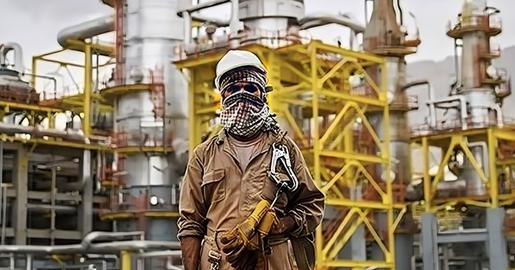
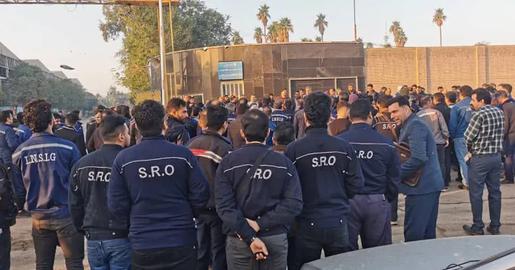
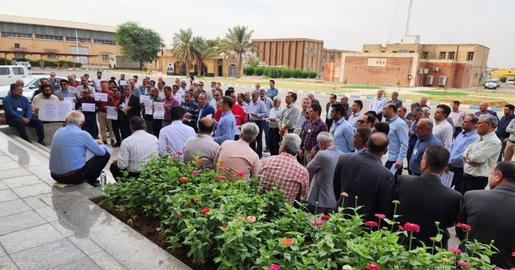
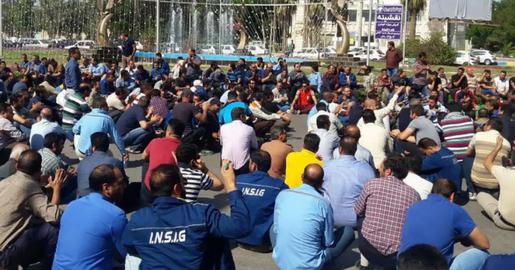
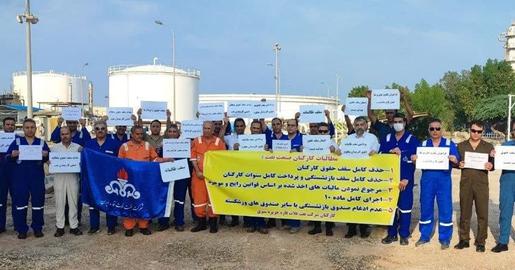
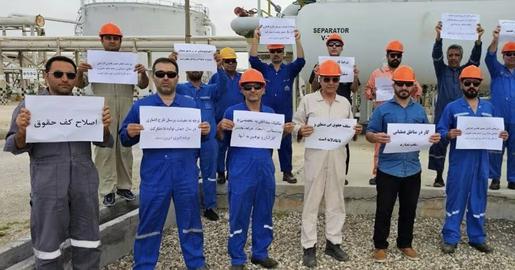









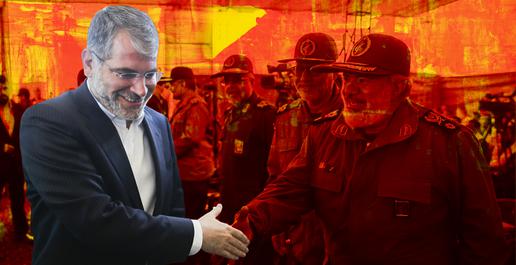
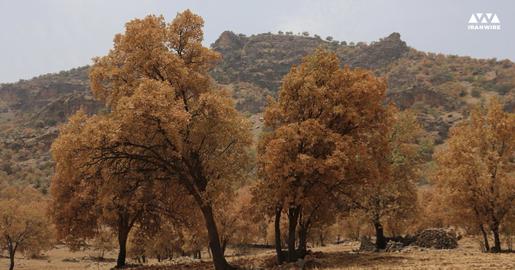
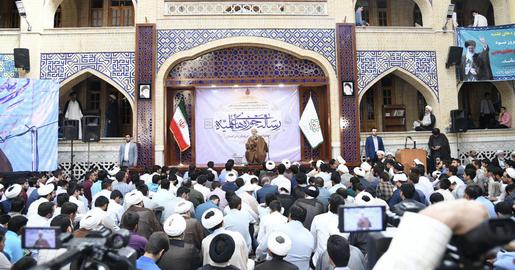







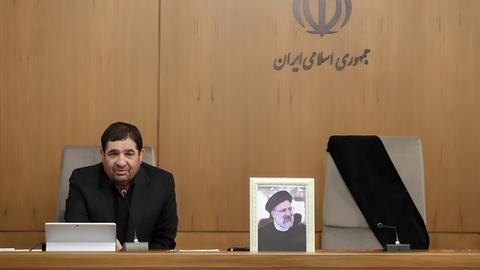
comments